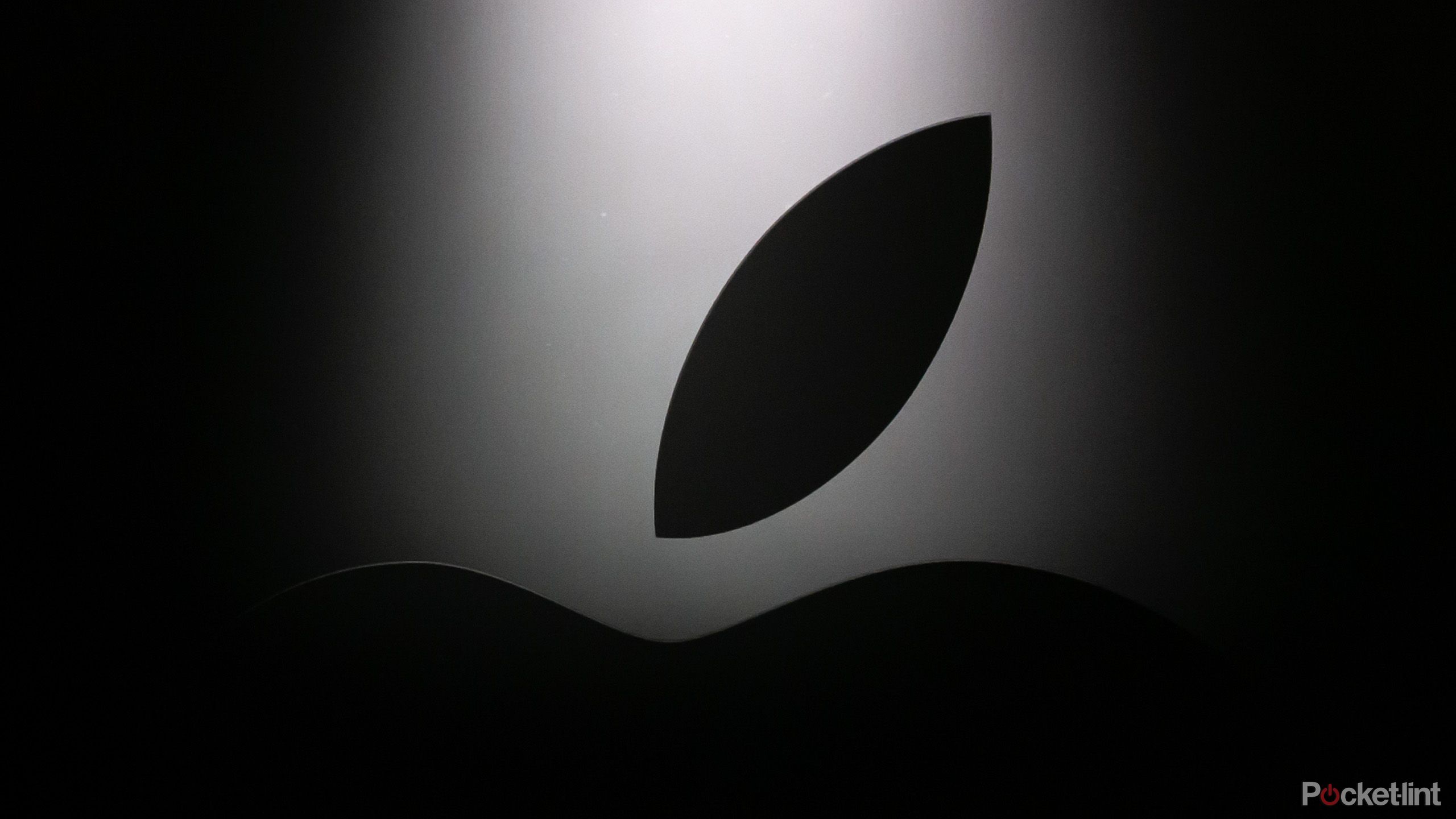
The 5 coolest-looking Macs you probably haven't heard of
- 20.03.2025 18:04
- pocket-lint.com
- Keywords: iMac G4, Power Mac G4 Cube
Apple has experimented with unique Mac designs in the past, including the colorful JLPGA PowerBook 170, the iconic iMac G4, and the radical 2013 Mac Pro. These models showcase both innovation and challenges in design, often leading to停产 or limited production.